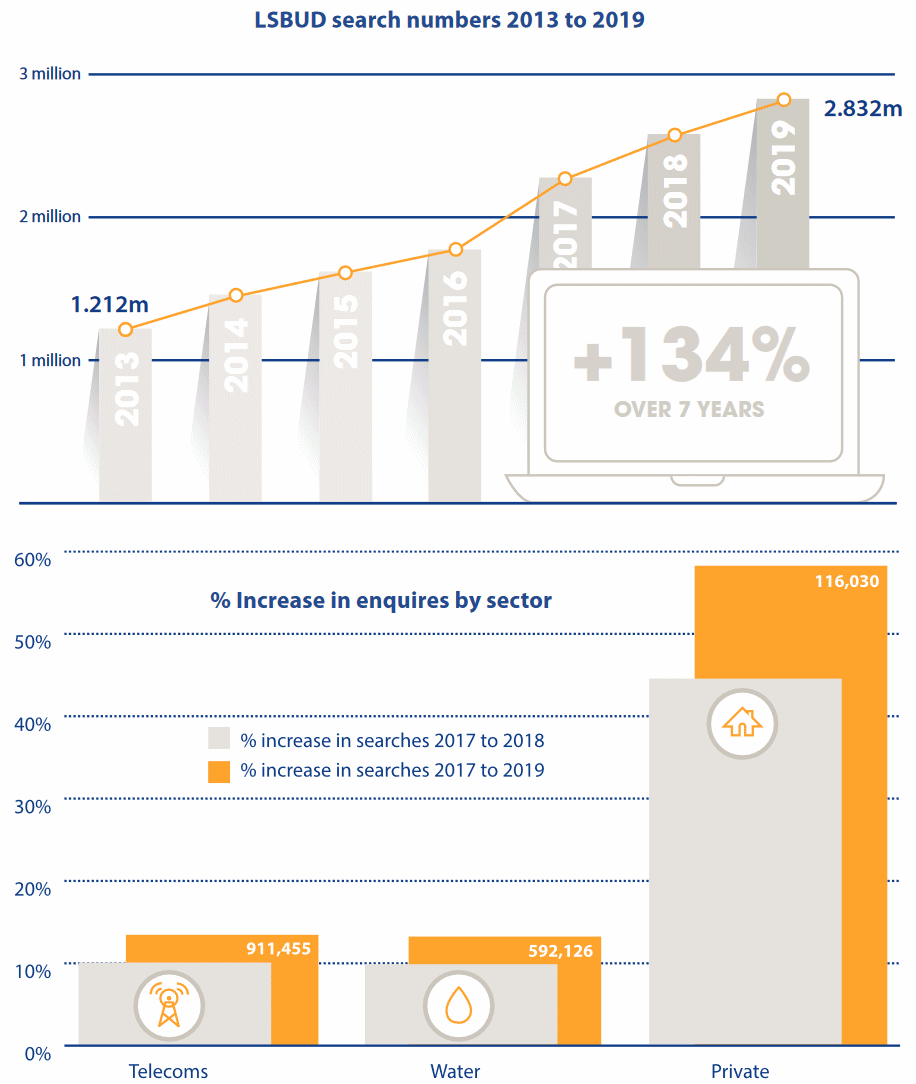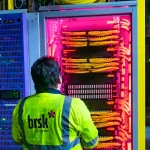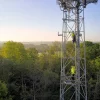Telecoms Operators Come Top of the List for Safe UK Digging

The latest annual Digging Up Britain 2020 report by LSBUD, which provides a free online asset search facility to UK civil engineering firms, has claimed that telecoms companies (broadband and mobile network operators etc.) are “top of the list when it comes to safe digging” (i.e. accounting for 32% of total searches).
Overall LSBUD (Line Search Before U Dig) found that 71% of all the digging that took place in 2019 was preceded by a LSBUD search and some 2.83 million of those took place in 2019, which represents a 10% increase on the previous year.
The biggest users of this database were telecoms operators, which accounted for 911,455 (32%) of all searches, and they’re followed by water companies (21% of total requests). All of this is handy because it enables such companies to see what other utility assets (e.g. pipelines and cables) may exist where they’re due to dig, which helps to reduce the chances of accidentally damaging somebody else’s infrastructure.
Advertisement

Naturally telecoms operators top the list because they’re currently involved in several major projects, such as the deployment of new gigabit-capable fixed broadband and 5G mobile infrastructure.
Richard Broome, Managing Director of LSBUD, said:
“We have reached a ‘tipping point’ in terms of safe digging – both for the UK’s underground pipes and cables, and those who dig near them. Our data suggests asset searching on the LSBUD portal has rapidly become second nature for people. It’s now a standard step in the vast majority of excavation projects. This is clearly very good news for asset owners such as telecoms companies as the last thing they need is a spade or digger hitting their networks.”
Given that a lot of the new telecoms deployments stem, in part, from ambitions at Government-level (e.g. gigabit broadband for all by the end of 2025), then it’s probably fair to say that the industry will continue to top the charts – in terms of searches – for a while to come.
The catch here is that LSBUD doesn’t provide any solid information to show whether or not the increase in searches is actually having an downward impact on the number of recorded incidents against telecoms networks that occur during street works each year (e.g. were there fewer occasions where a third-party accidentally cuts through an existing telecoms duct or cable?).
Advertisement
Mark is a professional technology writer, IT consultant and computer engineer from Dorset (England), he also founded ISPreview in 1999 and enjoys analysing the latest telecoms and broadband developments. Find me on X (Twitter), Mastodon, Facebook, BlueSky, Threads.net and Linkedin.
« Full Fibre ISP Hyperoptic Hails Top UK Net Promoter Score
NOW TV Cuts 63Mbps Broadband and Anytime UK Calls to £25 »





















































Thanks for the article Mark. You raise an interesting point about data to show a reduction in damages as a result of increased searching. I work at LSBUD and, of course, we need telecom network owners to share their damage statistics in order to produce this kind of information. Anyone interested can do this in an anonymised manner through the Utility Strike Avoidance Group: http://www.utilitystrikeavoidancegroup.org
We do have evidence from other sectors that our approach is highly effective in reducing damages. Indeed, in the gas sector SGN has reported this to their regulator, OFGEM. I’d be happy to provide more information if needed.
It’s a shame that the contractors that the telecoms companies use have shown total disregard when it comes to reporting some of the strikes that they have been responsible for.
I’ve seen first hand evidence of gas supplies being damaged and duct taped before the contractor has bodged the reinstatement and upped and gone as fast as they can. The quality of the reinstatements as well has been far from satisfactory as the contractors are ploughing through highway to get ducts/fibre down and are barely digging down low enough to leave enough room to reinstate as per the SORH.
The most recent incident of service strikes was carried out by one contractor on the promoter’s own ducting that resulted in services being knocked out and then the engineers sent to repair them couldn’t then put through new copper to restore services.
Things are only going to get worse as the number of works in the highway is rapidly increasing and telecoms companies are the worst to argue that they are a civils company when they have thousands of jobs that are excavating or working in the ground!!